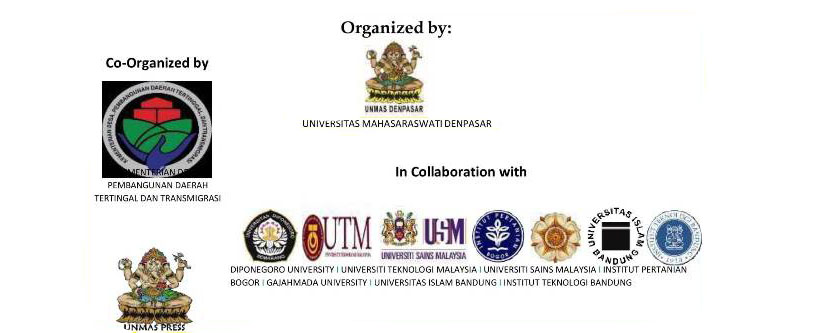Building Resilience Rural Community towards Flood in Malaysia: Prioritizing Resilience Key Components and Drivers for Implementation
Keywords:
Community resilience; flood; Relative Importance Index (RII); MalaysiaAbstract
Building a strong community resilience towards disaster is often an endogenous process that is linked closely to local customs that, at times, may be operated and/or translated into decision-making processes outside the policy realm. Given the huge influence of local context in shaping the resilience process, community-level actors on the other hands shall not be left alone to chart their pathway. Therefore, it is important for a certain degree of intervention to be introduced mainly to guide and assist the community for a holistic and proper policy and framework development. This process, in turn, might improve the community capabilities to carry out implementation of necessary programs for building community resilience in the short term or longer term. According to scholars in disaster and resilient related studies, the main focus in building resilient community towards disaster is the need for understanding of three key components particularly economic, social and environmental. In this light, a total of 43 resilience factors were identified from the three key components. A field research has been carried out with the primary intention for identification of the internal and external factors that contributed to resilience of rural communities towards flood in Malaysia. Three case study areas, located in the East Coast of Malaysia, have been selected for field observation and household survey using a questionnaire namely (1) Lubok Setol village in Kelantan state; (2) Teladas village in Terengganu state and; (3) Gajah Mati village in Pahang state. A total of 90 respondents participated in the survey that was carried out from January 2018 (i.e. right after the major flood occurred in December 2017) until mid-February 2018. Data analysis has been utilizing the Relative Importance Index (RII) method mainly for prioritizing and categorizing answers key components for community resilience. Answers given with higher RII score will be ranked higher or having higher priority as compared to factors with lower RII score. Overall, adoption of the RII method has enable researchers to identify, rank and formulate a list of relevant factors for community resilience towards disaster. The results might have value in terms of improving current understanding of the concept of community resilience particularly in the context of Malaysia as a developing country.


